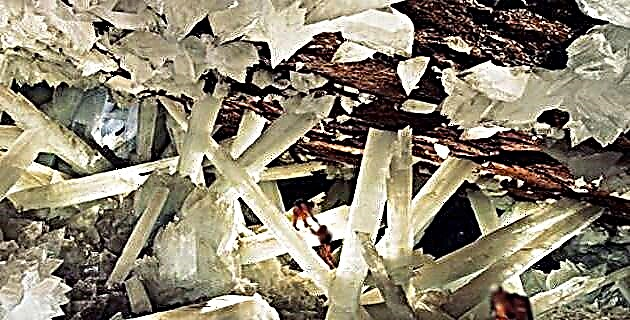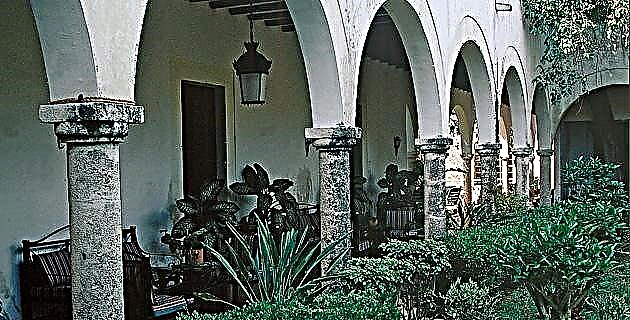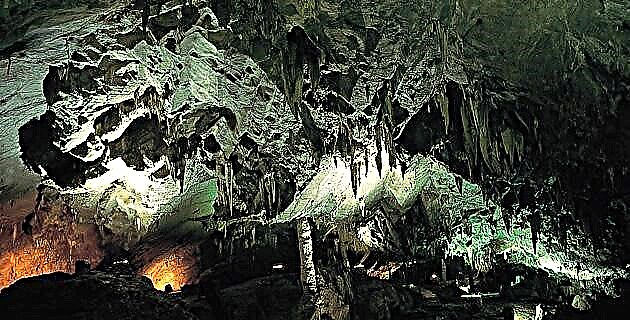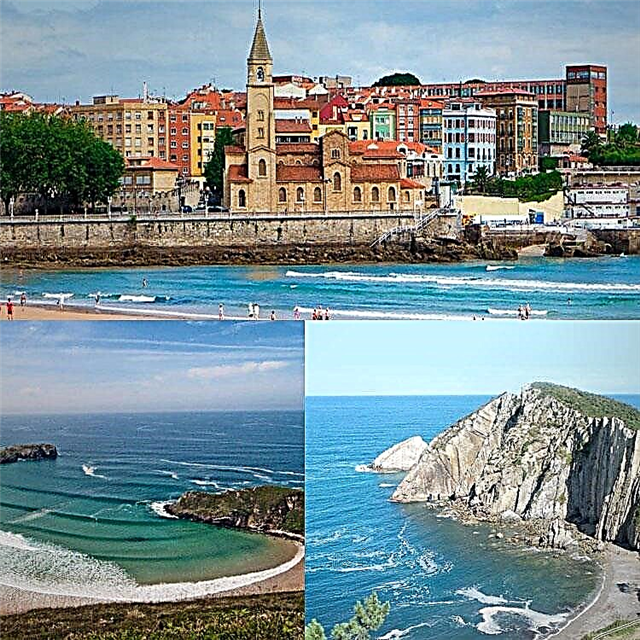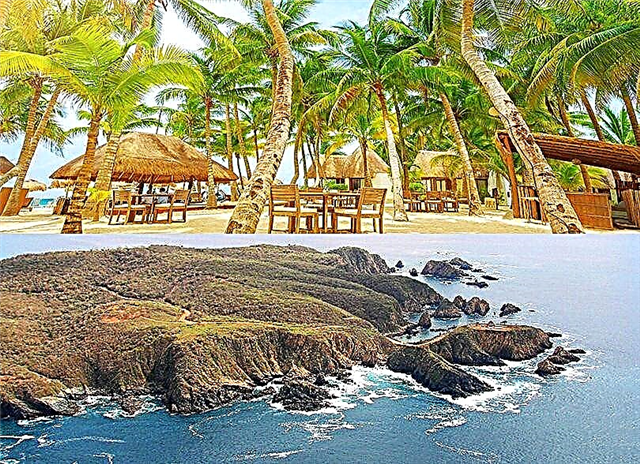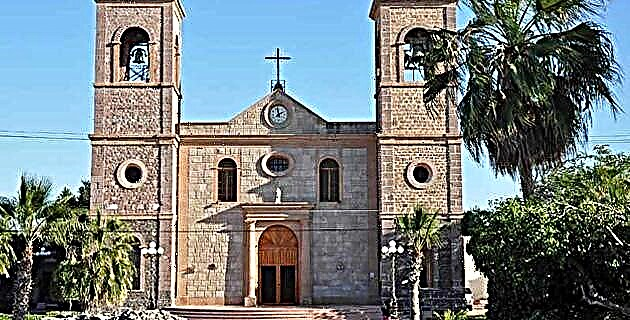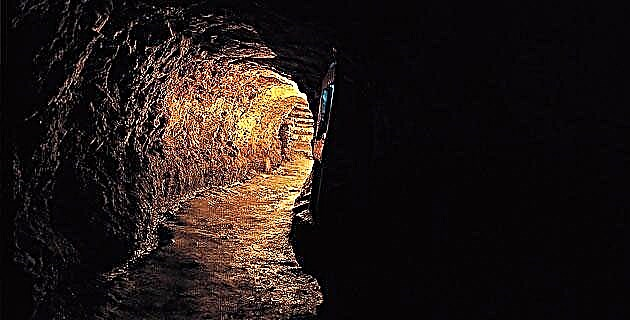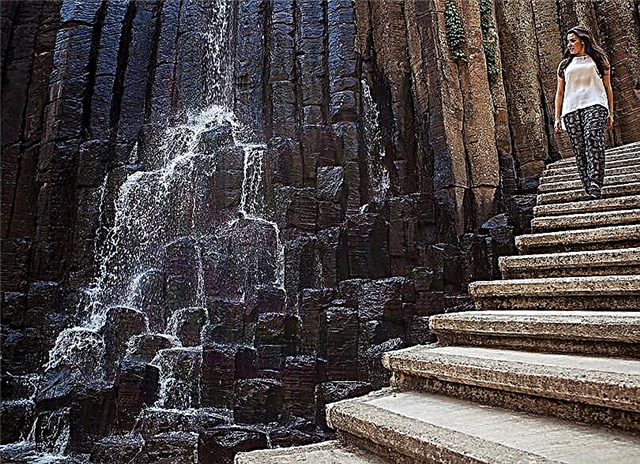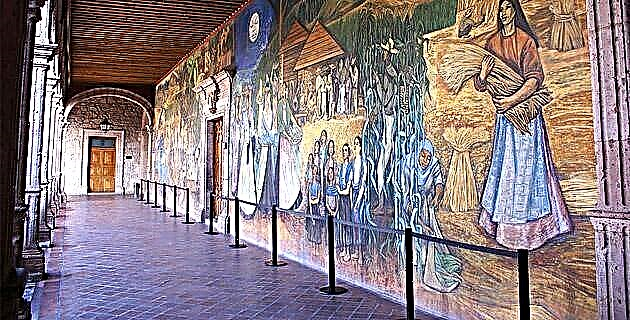
Born in Pátzcuaro in 1908, with 92 years in tow, a painter, engraver and sculptor, Alfredo Zalce is one of the last exponents of the Mexican School of Painting.
Born in Pátzcuaro in 1908, with 92 years in tow, a painter, engraver and sculptor, Alfredo Zalce is one of the last exponents of the Mexican School of Painting.
He began his career as a student at the Academia de San Carlos in Mexico, and at the age of twenty he obtained his first recognition in Seville. Zalce's work is rich in images of daily events, of miscegenation, and of the democratic struggles of the Mexican people. Luis Cardoza y Aragón defines it like this: "When you think about the best of Zalce's work, we experience its perfection, its refinement and its non-conformity", a non-conformity that is linked to its legitimate and permanent social commitment.
As a solitary, individualistic explorer, with the curiosity of a scientist, Zalce approaches painting with the memories of his early youth, spent in the town of Tacubaya, on the edge of the city of the 1920s.
“My parents were photographers. Since I was a child I worked in photography. My father died very young, and at fourteen I became the head of the family. My brother was studying medicine and he did not want me to study painting because painters are starving. So it was that I had to work as a photographer. When I finished high school, I made a deal with my mother and told her: "You take the pictures and I am going to study at school." I had to walk from my house to school, four times a day. An hour of walking. I was born in Pátzcuaro, but at the beginning of the Revolution many families took refuge in Mexico City. Then I lived in Tacubaya, which was a beautiful town separated from the capital, now it's a horrible neighborhood and that's why I don't want to go to Mexico anymore. Everything that was very beautiful has been spoiled ”.
In 1950 Zalce moved his workshop to Morelia, the city where he lives to date. A prolific creator, he ventured to use all techniques in his plastic production: drawing, watercolor, lithography, engraving on plates, wood, linoleum, and of course oil and fresco painting.
“Diego Rivera was my teacher in San Carlos for one year. He gave some talks that helped me a lot. His influence was decisive in the development of mural painting in Mexico, with a very deep social sense ”.
Although he clarifies that mural painting has always existed in Mexico, it was in the 1920s, in the government of Álvaro Obregón, when Rivera returned from Europe to say that "just as the peasants wanted land, the painters wanted walls to interpret the revolution" .
Time has passed and although Zalce continues to paint, his hands miss the heights; he continues to paint away from the hustle and bustle and honors despite his advanced age and the ailments that afflict him: "as you can imagine, my drawers are full of medicines that I will now have to offer through a garage sale," he says, smiling .
The thirties deeply mark the man, the artist. Zalce was actively involved in the social struggles of the time: he was a founding member of the League of Revolutionary Writers and Artists in 1933. As of 1937 he was part of the first generation of artists at the Taller de la Gráfica Popular, which raised the formal renewal of Mexican graphics and freedom of investigation. In 1944 he was appointed professor of painting at the National School of Painting "La Esmeralda", and in 1948 the National Institute of Fine Arts organized a large retrospective of his work, which has also been exhibited in the main museums of Europe, United States. United States, South America and the Caribbean, and is part of important private collections.
In 1995 an exhibition-tribute was organized at the Museum of Contemporary Art of Morelia, which bears his name, as well as at the Museum of the People of Guanajuato and in the National Room of the Museum of the Palace of Fine Arts in Mexico City. From mural to batik, from engraving and lithography to oil, from ceramics to sculpture and from duco to tapestry, among other techniques, this exhibition was a great mosaic of the vast and prolific artistic creation of the master Alfredo Zalce. May God keep it for many more years!
Source: Aeroméxico Tips No. 17 Michoacán / Fall 2000

